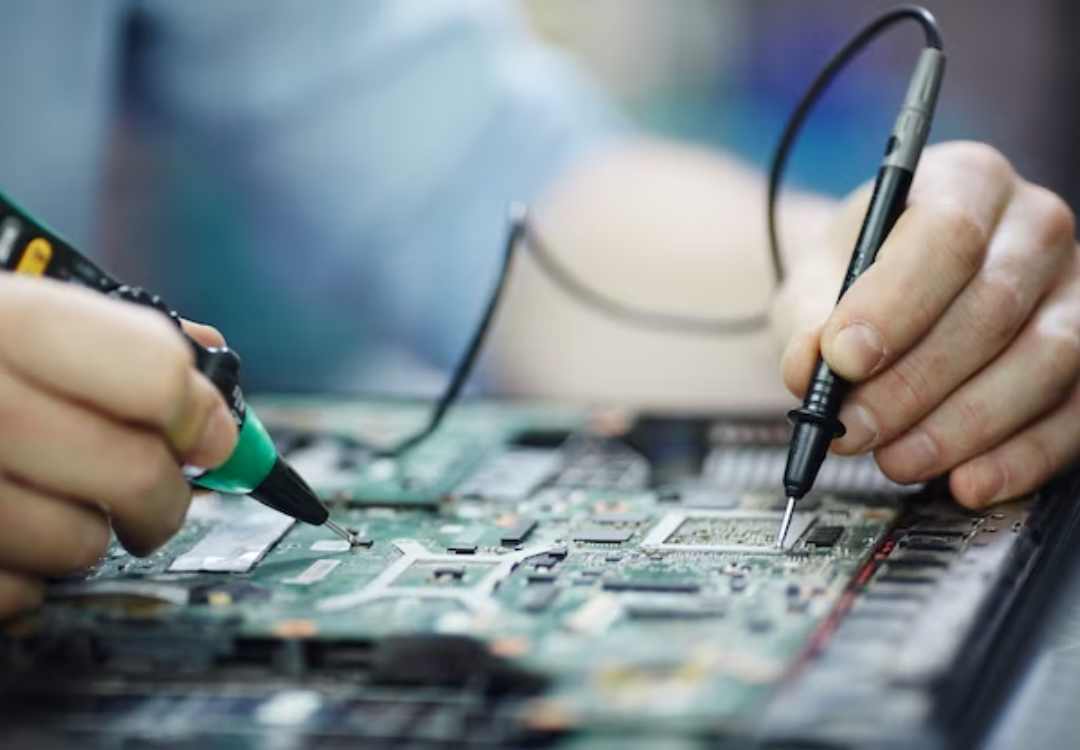What can be patentable in computer hardware

Information technology (IT) refers to a collection of hardware, software, and related services that, in general, are protected by intellectual property rights (IPR), subject to factors such as novelty, non-obviousness, and utility. Hardware, software, databases, the internet, electronic publications, online transactions, including e-commerce, domain names, trademarks, and cyber contracts are a few common IT goods and services that are IP protected.
IT patents
Innovation connected to computers that is used in practice is patentable. Software in and of itself is not patentable, but certain software products with practical applications—such as software utilized in pacemaker devices—are. The technological arts must encompass the uses of invention. If computer software adds something technically to the known art, it can be patentable. Software is patentable if it can increase the speed or efficiency of a system. A claim is only statutory and hence patentable if it has a practical application in the technological arts.
Patentable computer hardware
Various improvements in the realm of computer hardware can be patented to safeguard firms' and inventors' intellectual property. In computer hardware, some instances of patentable subject matter are as follows:
1. Processor Architecture: Innovative processor designs and configurations that enhance performance, reduce energy consumption, or solve technological issues.
2. Memory Systems: Advances in the structure and design of computer memory include better data storage technologies, new memory kinds, and better access techniques.
3. Input/Output Devices: Special features or designs of peripherals like keyboards, mice, and displays that are used for input and output.
4. Storage Technologies: New storage technologies or devices, such as solid-state drives, hard disk drives, or developing non-volatile memory solutions, may be subject to patents.
5. Motherboard Designs: Advances in motherboard architecture and layout that lead to higher performance, reduced energy consumption, or other technological benefits.
6. Power Management Systems: Inventions that improve energy efficiency in computer hardware systems through power supply, distribution, and management are patentable.
7. Networking Hardware: Innovations pertaining to network switches, routers, and other networking components that enhance network security, data transmission rates, or general performance.
8. Cooling Systems: New cooling methods for computer hardware, such as heatsinks, fans, liquid cooling systems, or other advancements in thermal management, may be subject to patents.
9. Graphics Processing Units (GPUs): architecture, design, or feature innovations in GPUs that improve computing performance, graphics rendering, or power efficiency.
10. System-on-Chip (SoC) Designs: Integrated circuit designs that merge various components, such as a CPU, GPU, memory, and other functions, onto a single chip are patentable.
It's crucial to remember that applying for a patent is a difficult legal procedure and that each jurisdiction may have different requirements and standards. Furthermore, elements including innovation, non-obviousness, and utility affect patentability. To properly manage the patent application process, speaking with a patent expert is advised.
A leading patent and IPR firm, Einfolge Technology's experts, provide guidance on navigating the complex legal requirements and help ensure that the patent application is properly managed. They can also assist in determining the level of innovation, non-obviousness, and utility of the integrated circuit design, which are crucial factors for patentability. Seeking professional advice is essential to increase the chances of a successful patent application in different jurisdictions.